From pv magazine 01/2020
 The headlines – “The dirty truth of the mobility transformation,” “The real cost of electric cars,” and “People die here for our electric cars” – are simply sensational. And stories such as these cast doubt on the sustainability of lithium batteries. Sure, the arguments are plausible: High consumption of raw materials worsens the environment, supply chains are anything but transparent, and the recycling problem is unresolved. So is it better just to keep the diesel flowing?
The headlines – “The dirty truth of the mobility transformation,” “The real cost of electric cars,” and “People die here for our electric cars” – are simply sensational. And stories such as these cast doubt on the sustainability of lithium batteries. Sure, the arguments are plausible: High consumption of raw materials worsens the environment, supply chains are anything but transparent, and the recycling problem is unresolved. So is it better just to keep the diesel flowing?
It is worth taking a closer look, especially at the metal of the moment: lithium. The material lends its name to various lithium-ion chemistries, collectively referred to as lithium batteries, although it typically only accounts for around 5% of the total weight of these rechargeable cells. Other raw materials that are used include copper, aluminum, nickel, graphite, and cobalt – and the latter is also often the subject of critical debate (see page 64). The exact amount of raw materials that are used tends to vary among the different battery chemistries, but in general, attempts are being made to reduce the use of problematic substances and at least lower the cobalt content. At present, however, there is no way around the use of lithium for electrodes and electrolytes in commercial applications.
Raw material sourcing
The lithium requirement per kilowatt-hour of usable storage capacity for a battery system is in the neighborhood of 200 grams. Despite this comparatively small quantity, the boom in electric cars and stationary battery storage systems has already led to a sharp increase in lithium production in recent years. Whereas annual production of the light metal used to average some 31,500 metric tons, last year it rose to an estimated 85,000 metric tons. And electromobility is only the beginning.
No shortage
Despite the rising extraction rate, lithium is not expected to become scarce. The world’s economically usable reserves are around 14 million metric tons, while proven total reserves amount to some 62 million metric tons. Lithium is found in mineral rocks at a fraction of between 1% and 5% in countries such as Australia, Zimbabwe, and China. However, extraction from brines – that is, aqueous solutions of salts – is more cost effective. These brines can be found beneath the salt lakes in the lithium triangle spanning Chile, Bolivia, and Argentina. The lithium content in the brines is barely 0.2%, but extraction by evaporation in the sun is far more competitive than separating the metal from mineral rock.
There is no way around the salt lakes in South America. One epicenter is the Salar de Atacama in Chile, where 50% of the world’s reserves are said to be located. To extract the lithium, brine is pumped up from a depth of 20 to 40 meters and fed into evaporation basins. The water evaporates for several months until slag remains with a lithium concentration of 6%. Chemical processing into commercial lithium carbonate consumes not only chemicals, but also additional water. But the refinery that processes the slag into lithium carbonate is located on the coast near Antofagasta, where marine desalination plants are increasingly being used.
The lithium extraction process lowers the groundwater level in the desert region, which contributes to further desertification. The production of lithium in the Salar de Atacama consumes around 1.5 million liters of water per metric ton of lithium carbonate. High water consumption in desert regions is a weak link in lithium production. “Water is being evaporated in the driest region on earth – a paradox,” explains Carolina Ferreira, a lawyer specialized in the sector and former department head at the Ministry of Mining in Santiago.
In the Laguna Chaxa nature reserve near the Soquimich lithium mine in Salar de Atacama, employees are reluctant to talk about the impact of lithium mining. When asked whether the lagoon used to be larger, a tourist guide pointed to the ponds and said that it “used to be a continuous lake.” The drying up of the lagoons mainly affects the flamingos, which feed on microorganisms in the water and are, in turn, a dietary staple of foxes.
The subsistence economy of neighboring indigenous communities is also affected by the drop in the groundwater level. However, the Atacama Desert is not a region that is particularly rich in species or characterized by strong agricultural activity. The main sources of income for the region around the Salar de Atacama are mining and tourism around the town of San Pedro.
Global significance
In addition to Soquimich, U.S. company Albemarle also mines lithium in Chile. However, the focus of criticism with regard to raw material extraction is primarily on domestic suppliers. For years, Soquimich has attempted to influence legislative proposals by making illegal donations to politicians from various parties. In addition, the company is accused of illegally securing water rights, preventing a new tender for mining rights, and failing to pay full fees for lithium production between 2009 and 2014. It is also accused of violating environmental regulations.
With the new significance of lithium, the contracts to mine at Salar de Atacama were renegotiated between 2016 and 2018. The goal of the government was primarily to secure Chile’s share of the world market after significant growth in lithium production in Australia in recent years. Based on the new contracts, the intent is to increase exports of lithium carbonate from 80,417 metric tons in 2017 to 300,000 metric tons. The renegotiated contracts stipulate a maximum concession fee of 40% of the revenues from lithium carbonate and lithium hydroxide, depending on world market prices.
In 2018, Chile’s government revenues were at their upper limit, but with lithium prices currently falling, the cost of the concession could fall to 25% this year. A further 1.7% of the revenues go to the mining region – comparatively little compensation. In recent years, Chilean governments have attempted to enact various legislative initiatives to create a regulatory framework for lithium mining. “Until 2016, regulation and monitoring of lithium production was very weak. The various provisions in the new contracts with Albemarle and Soquimich have given the state a stronger role,” Ferreira says. However, a bill proposing a theoretical right to nationalize lithium production was rejected by the parliament in September.
The renegotiated contracts with the lithium mining companies also stipulate that new technologies will be used for the planned expansion of operations. Representatives of the mining industry point out that the process of obtaining lithium from brines is still comparatively new and that the processes will improve even further, by condensing the evaporated water so that it can later be returned to the ground, for example. Another approach is to pump the brine back into the groundwater after the lithium has been extracted. A completely new method is to filter the lithium directly out of the brine using membrane filters, thus avoiding water-intensive evaporation.
The Chilean mining sector is aware that pressure from raw material buyers will increase. It is therefore very open to more sustainable raw-materials extraction. Various strategy papers for a green mining sector have been prepared. In August 2019, the Ministry of Mining launched a round table for green mining. At this event, overarching approaches for the country’s mining sector were discussed, in particular for water management, emissions reduction, and recycling. But it is unlikely that the requirements will be overly strict, as Chile’s authorities are more likely to fall back on voluntary commitments from the industry.
Nevertheless, the climate debate is also arriving in South America. International companies with clout in the market can certainly influence sustainability at the top of the value chain. Automotive companies and battery suppliers are expected to attach increasing importance to being able to prove to their customers that their raw materials have been extracted sustainably. It can also be assumed that after the diesel scandal, Europe’s car manufacturing industry, for example, will certainly not want to make negative headlines about the environmental damage caused by lithium mining.
Continuous certification of suppliers, in line with ISO standards, could at least bring more transparency into the processes. It is conceivable that suppliers could be called on to obtain ISO 9000 certification for quality management as an indicator of good corporate governance, ISO 14000 certification for environmental management, or ISO 50001 certification for energy management. These certifications entail additional costs for companies and will therefore also affect the price of the end product. However, since environmental protection is an important driver of demand for lithium batteries, the conscientious and sustainable use of resources should be a matter of course and the emerging strategies of companies and policymakers offer hope that there is a will to commit to sustainable extraction.
In other words, there are ways to reduce the environmental impact of lithium mining, and companies from Europe can exert influence to ensure that these methods are applied. However, fair distribution of the proceeds in the producer countries is more difficult. For many Chileans, the way Soquimich conducts business reflects the state of the country. Since mid-October, there has been an unexpectedly forceful protest against the Chilean economic model. The wealth from the extraction of raw materials is not reaching everyone. However, the rage is not directed specifically at lithium mining. The current protests revolve primarily around the rising cost of living and stagnating incomes. In view of the lithium boom, movements such as “Litio para Chile” and “Atacama es de todos” have for years been demanding a different, more communal distribution of income from the mining of the white gold.
The debate surrounding lithium mining in Chile illustrates that the extraction of raw materials is always complicated. This also applies to copper from Chile, coal from Colombia, shale gas from the United States, and crude oil from Nigeria. The list goes on. The battery storage industries should place a high premium on the sustainable use of resources out of self-interest, so as not to offer another target for those who take delight in headlines on the “dirty truth of the mobility transition.”
By Stephan Franz
This content is protected by copyright and may not be reused. If you want to cooperate with us and would like to reuse some of our content, please contact: editors@pv-magazine.com.
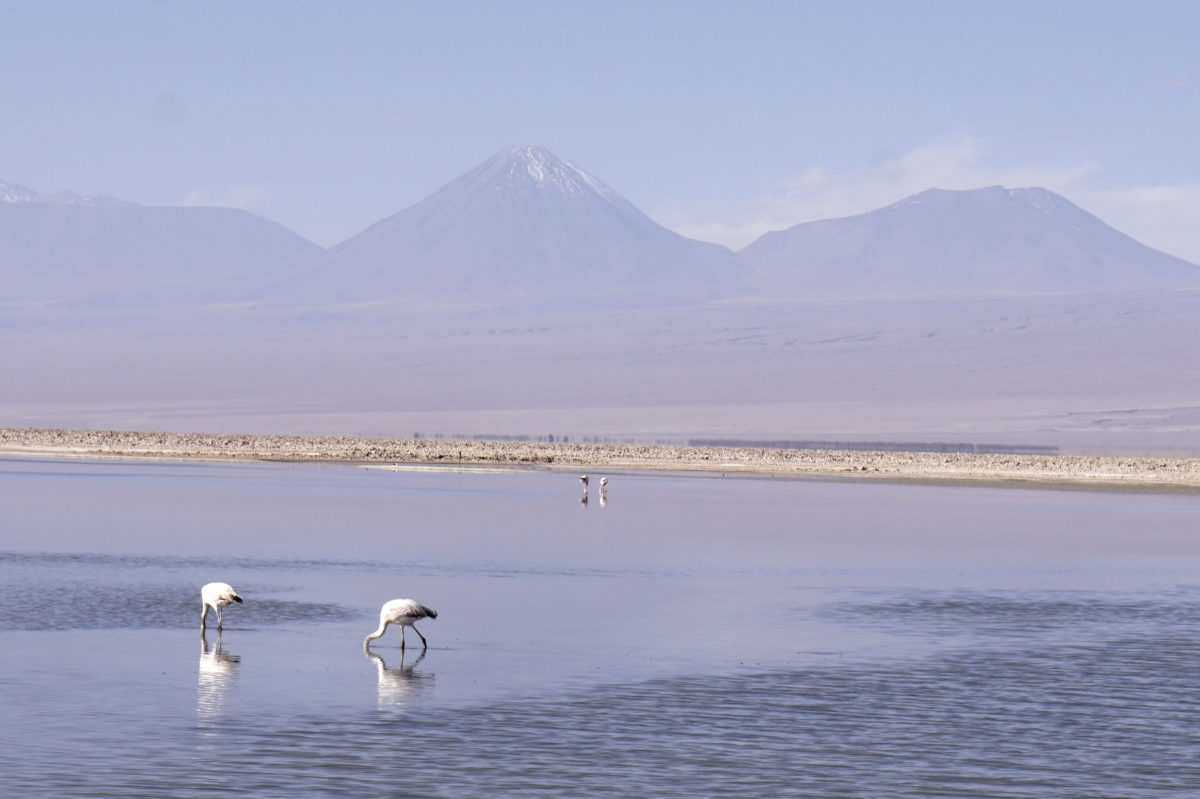



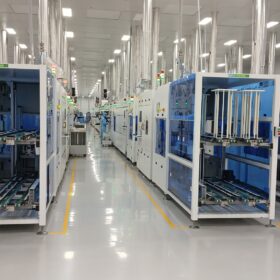
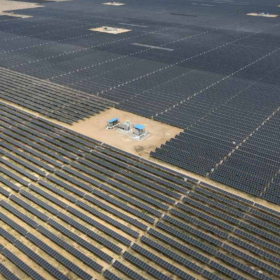
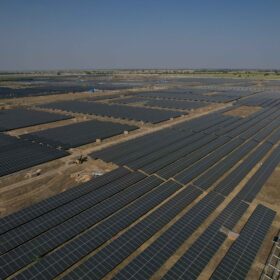
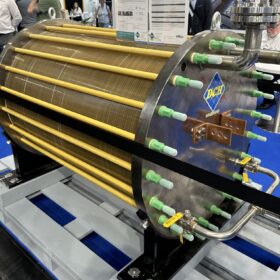
Why do we need Batteries at all…
1. E-W Global Grid can provide 24/7/365 Power WITHOUT ANY STORAGE. Geo Synch. Satellities and other options can also be utilized…. around the Globe… without Batteries… for Industrial, Residential and Comnercial Energy Sectors.
2. In Transportation…. CAV’s using Renewable Energy…. are the “way to go”….. No Safety, Energy Storage, Hazardous Waste, “Quick Charging”, Limited Life/Cycling issues here. Just “alleged” lower Efficiencies (as no credit is given for “free Air Conditioning or Heat Recovery at Compressed Air Service Centers by EV Sponsored “Technical Studies” that ignore Total Ownership Costs …. Capital, Financing, Operation & Maintence Costs)..
So let us ALL learn from the promises made by Nuclear Power and Waste… and NOT REPEAT THEM AGAIN….